Basil bailed on you right before pesto time? No stress!
We’ve all been there, staring at our blenders, ready to whip up some green goodness, only to find our basil’s gone AWOL.
Lucky for you, this isn’t the end of your pesto dreams. Sure, basil’s the classic go-to, but who says tradition can’t get a little shake-up?
We’ve got five rockstar substitutes that’ll keep your pesto game strong.
Get ready to meet the ingredients about to bring their A-game to your kitchen. No basil, no problem!
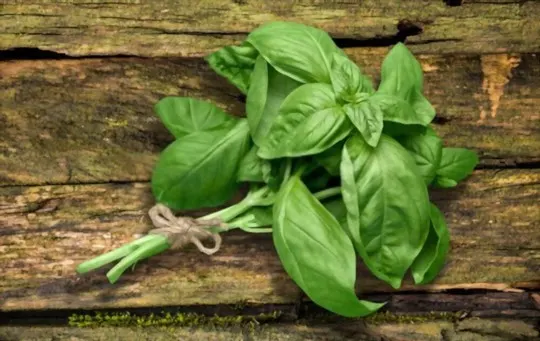
The 5 Best Substitutes for Basil in Pesto
If you’re out of basil and need a substitute for pesto, never fear. There are several options that will work well in its place.
1 – Parsley
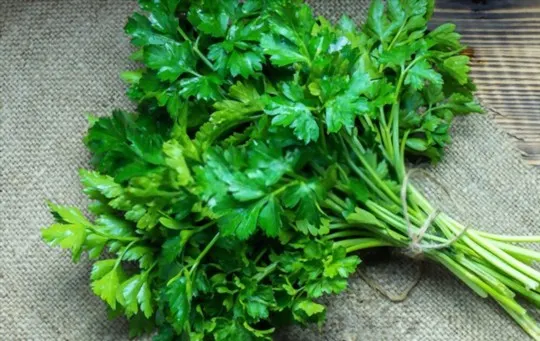
While parsley is often thought of as a merely decorative garnish, this humble herb can actually be quite versatile.
It has a bright, fresh flavor that goes well with a variety of dishes, and it can be used in both cooked and raw preparations.
Additionally, parsley is an excellent source of vitamins A and C, as well as iron and calcium.
Parsley can be used as a substitute for basil in pesto.
To do this, simply swap out an equal amount of parsley for the basil called for in the recipe.
The pesto will have a slightly different flavor, but it will still be delicious.
Additionally, the color will be brighter green since parsley is lighter in color than basil.
So if you’re looking to add a little more nutrition to your pesto (not to mention flavor), give parsley a try.
2 – Oregano
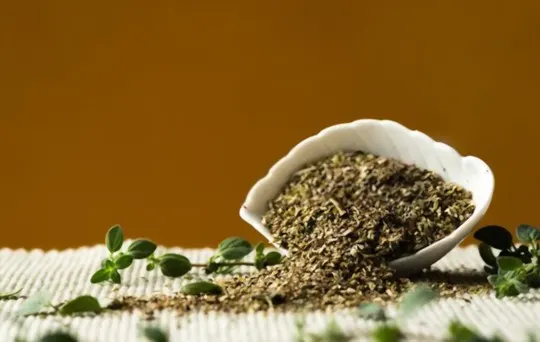
Oregano is a flavorful and aromatic herb that is commonly used in Italian and Greek cooking.
Its pungent flavor pairs well with tomatoes, making it a popular ingredient in pasta sauce and pizza.
Oregano is also a good source of antioxidants and has been traditionally used for its medicinal properties.
If you’re out of basil and need to make pesto, oregano is a good substitute.
Simply use equal parts oregano and Parmesan cheese, along with olive oil, garlic, salt, and pepper.
Blend all the ingredients together until smooth, and enjoy your delicious oregano pesto.
3 – Cilantro
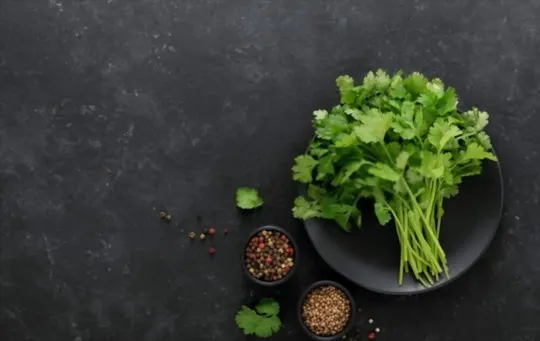
Cilantro is a versatile herb that can be used in a variety of dishes, from soups and stews to salads and salsas.
Its fresh, slightly citrusy flavor is a perfect complement to many different ingredients.
In addition to being delicious, cilantro is also packed with nutrients.
It is a good source of vitamins A, C, and K, as well as manganese and iron.
Cilantro can also help to detoxify the body and improve digestion.
If you’re looking for a way to add more flavor to your cooking, cilantro is a great option.
And if you’re looking for a pesto recipe that’s a little bit different, try substituting cilantro for basil.
4 – Mint
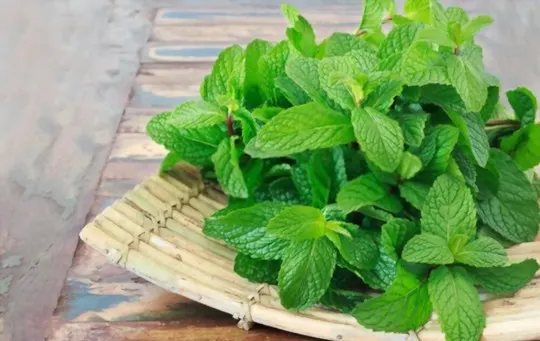
Mint is a versatile herb that can be used in sweet and savory dishes alike.
Its fresh, cooling flavor is perfect for summertime recipes, and it pairs well with a variety of ingredients.
While mint is most commonly associated with sweets, it can actually make a great substitute for basil in pesto.
Simply swap out the basil for mint, and you’ll have a refreshing twist on the classic dish.
The key is to use a light hand with the mint, as too much can overwhelm the other flavors in the pesto.
Start by swapping out half of the basil for mint, then taste and adjust as necessary.
With a little experimentation, you’ll find the perfect balance of flavors for your next pesto dish.
5 – Sage
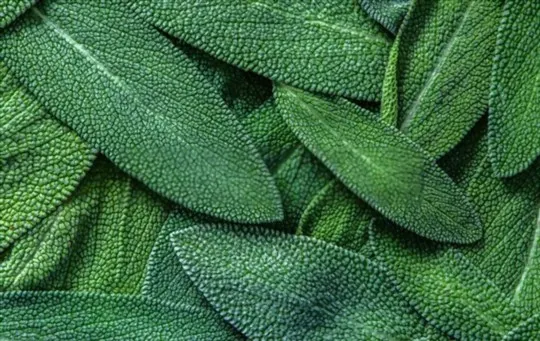
If you’re a fan of pesto, you’re probably used to seeing basil as the star ingredient.
But did you know that sage can also make a delicious pesto? Sage is a member of the mint family, so it has a similar flavor profile to basil.
However, sage has a more assertive flavor, so it can really stand up to strong cheeses like Parmesan.
If you’re looking for a new twist on pesto, give sage a try.
To substitute sage for basil in your favorite recipe, simply use an equal amount of sage leaves.
You may need to adjust other ingredients to taste, but sage is a versatile herb that can be used in many different dishes.
So don’t be afraid to experiment.

Leave a comment